The most reliable source of pasture for livestock is a blend of perennial forages. Perennials have deep and well-established root systems that convey greater drought tolerance compared to annual pastures. Here are our top ten perennials by sales volume.
1. Alfalfa (Medicago sativa)
Alfalfa is a common perennial legume that increases nitrogen production in a cool season perennial haying or pasture mix. This legume produces high tonnage, is a good protein source, and has great forage value. Alfalfa can withstand heat and drought better than other cool season legumes. It has a deep sponge-like tap root that can absorb both deep and shallow moisture that it can share with other plants in a mix. This creates a more drought resilient mix. If allowed to flower, it creates a pleasing aroma attracting beneficial insects.
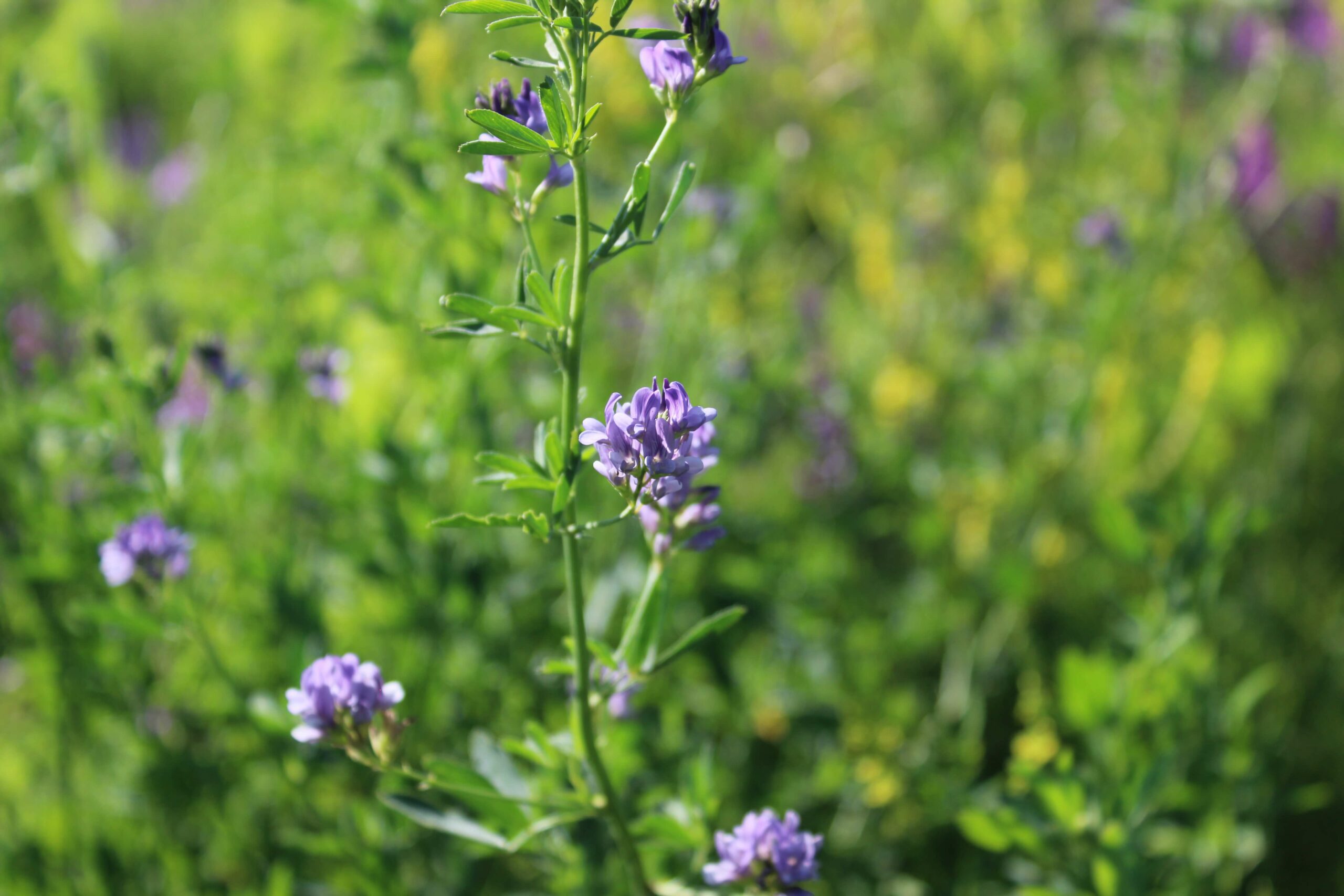
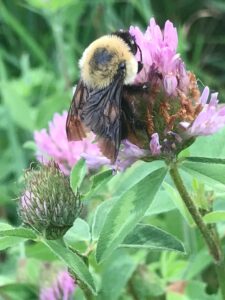
2. Red Clover (Trifolium pratense)
Red clover is a deep rooted, short lived perennial legume that is a reliably overwintering forage and cover crop. Red clover fixes nitrogen (N) to meet needs of the following crop, protects soil from erosion, improves soil tilth, competes with weeds, and supplies livestock forage needs. It is winter hardy in USDA Hardiness Zone 4, and does best on well-drained soil, but it also tolerates poorly drained soil.
3. Estancia Fescue (Festuca arundinacea)
Estancia with ArkShield® has a beneficial endophyte and produces highly nutritious, high-quality forage that results in healthier cows, heavier weaning calves and improved steer and heifer weight gains. Recent trials conducted at Mississippi State University shows Estancia to be a top producer of dry matter. ArkShield® is a patented smart endophytic fungus that lives inside Estancia Tall Fescue seed and plants in a mutually beneficial relationship protecting the grass from disease, insects and environmental stresses like heat and drought.

4. Orchardgrass (Dactylis glomerata)
Orchardgrass is a bunch grass that regrows well through summer and fall compared to other cool season grasses. Older varieties lack drought tolerance and are very susceptible to rust. Newer varieties, like Devour or Persist, have been developed to withstand the rigors of intensive grazing such as extended periods of hoof traffic and feeding. Orchard grass is quick to establish, out-competes weeds and produces high-yielding pasture for animals. Later maturing varieties are excellent companions to clover or alfalfa.

5. White Clover (Trifolium repens)
White clover is a persistent, widely adapted perennial nitrogen producer with tough stems and a dense shallow root mass that protects soil from erosion and suppresses weeds. Depending on the type, plants grow just 6 to 12 inches tall, but thrive when mowed or grazed. Once established, they stand up well to heavy field traffic and thrive under cool, moist conditions and shade. Dutch and intermediate types flower sooner and tend to be more heat tolerant while Ladino types grow faster and taller but are less durable and resilient.
6. Bromegrass (Bromus racemosus and Bromus biebersteinii)
Smooth brome is palatable and productive, drought tolerant sod-forming grass. Regrowth in summer and fall is poor, with almost all the yield occurring in spring. Smooth brome is aggressive and tends to form monocultures and thus is recommended only in small amounts in pastures.Meadow bromegrass is a bunch grass resembling smooth brome, but behaving like orchargrass with more drought tolerance. Like orchardgrass it has good regrowth and is one of the better grasses for stockpiling in winter. It performs well with little to no fertilization and exhibits excellent winter hardiness and drought tolerance.
7. Small Burnett (Sanguisorba minor)
Small Burnett is known as “the plant that is always green”. For this reason it is frequently used in pasture mixes. This deep taprooted forb is an excellent addition to any pasture mix, bringing diversity, nutrition, and soil health benefits. Small Burnett is very adaptable to a wide variety of climates with excellent drought tolerance and winter hardiness. Anyone planting a perennial pasture mix should consider Small Burnett.
8. Plantain (Plantago major)
Plantain is a low-growing forb that, like chicory, is high in minerals. It also contains a natural antibiotic compound that helps reduce infections and also modifies rumen fermentation to improve animal performance, similar to an ionophore like Rumensin. It grows very well on compacted soils and helps loosen them.

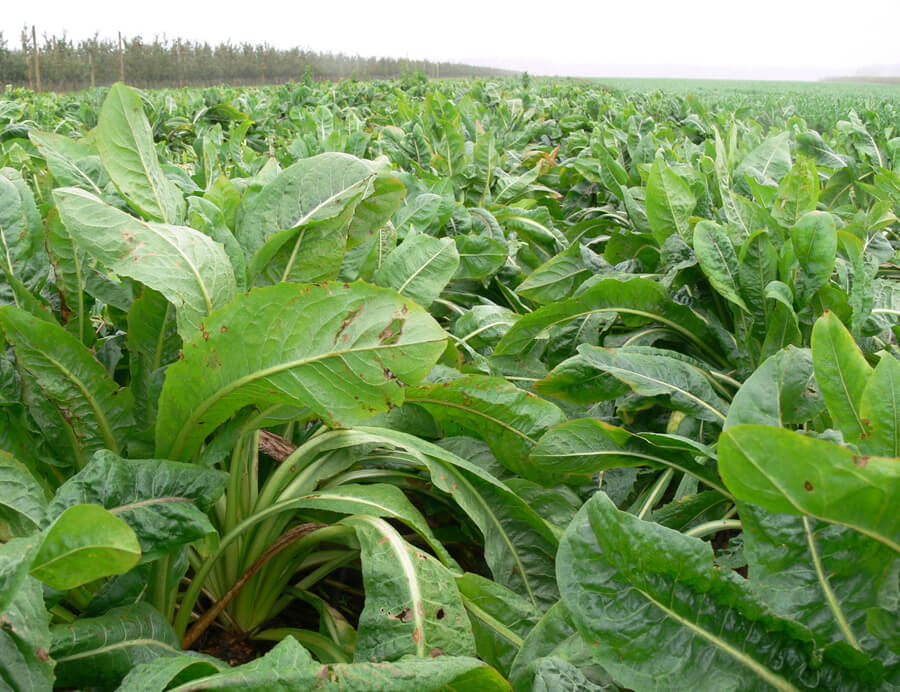
9. Chicory
Chicory is a very productive, palatable, and deep taprooted forb that resembles a large dandelion, but with multiple blue flowers. The foliage is high in protein and very digestible. It is also high in phosphorus, copper, and zinc, which are deficient in most forage plants. It has polyphenols similar to tannin that help eliminate intestinal parasites and reduce bloat.
10. Perennial Ryegrass
Perennial ryegrass is hands down the highest quality perennial grass. It can produce animal performance equivalent to a grain diet with a reputation for producing excellent tasting meat. While generally not suited for areas with severe winters or hot dry summers, newer varieties have a higher degree of heat and drought tolerance. This is a great option for grass finished livestock operations.
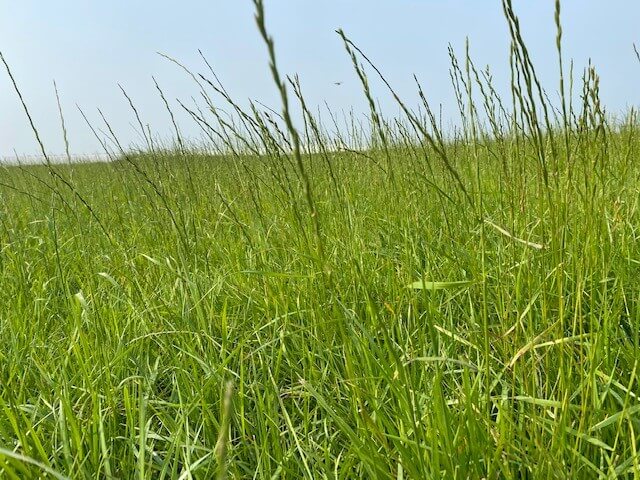
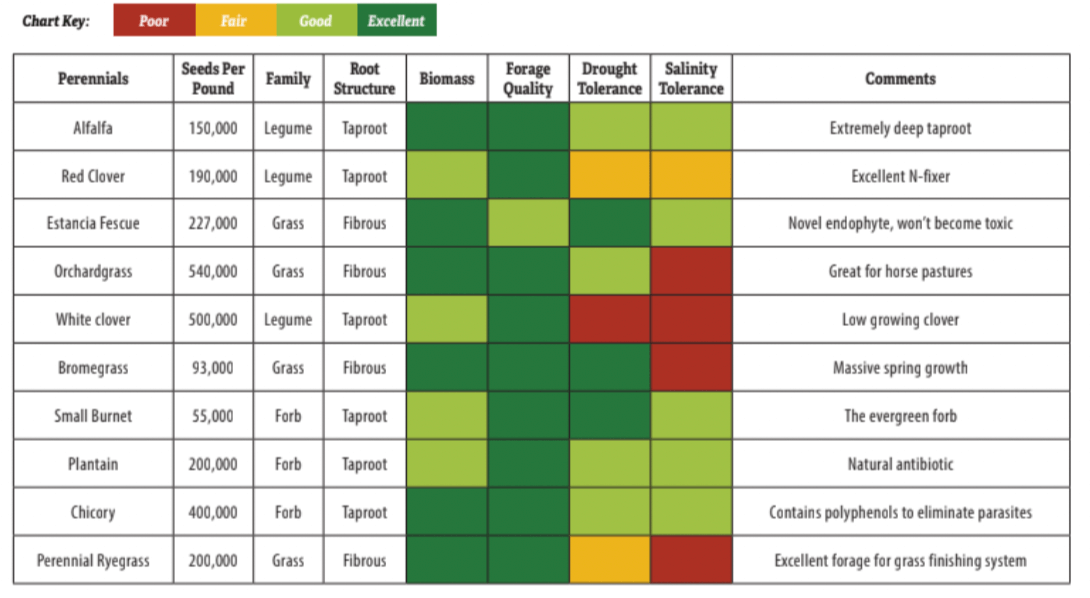
Also check out the 11th edition, our latest Soil Health Resource Guide, over 90 pages packed with scientific articles and fascinating stories from soil health experts, researchers, farmers, innovators, and more! All as our complimentary gift to you, a fellow soil health enthusiast!This article first appeared in the 10th Edition of Green Cover's Soil Health Resource Guide.